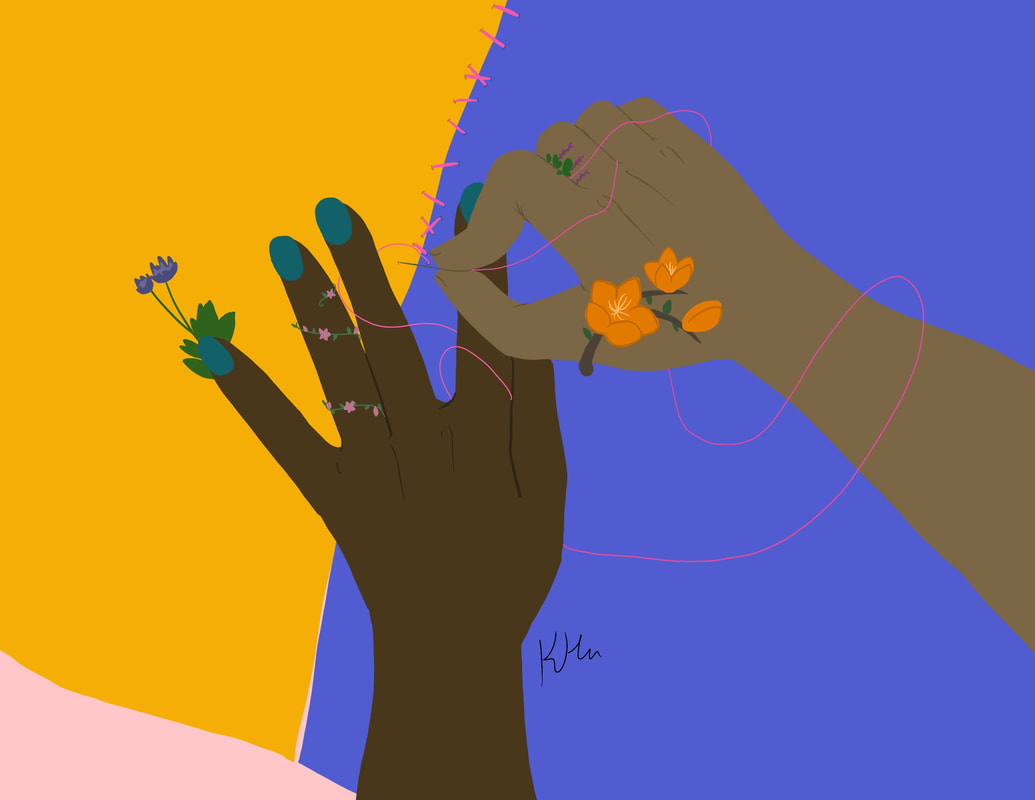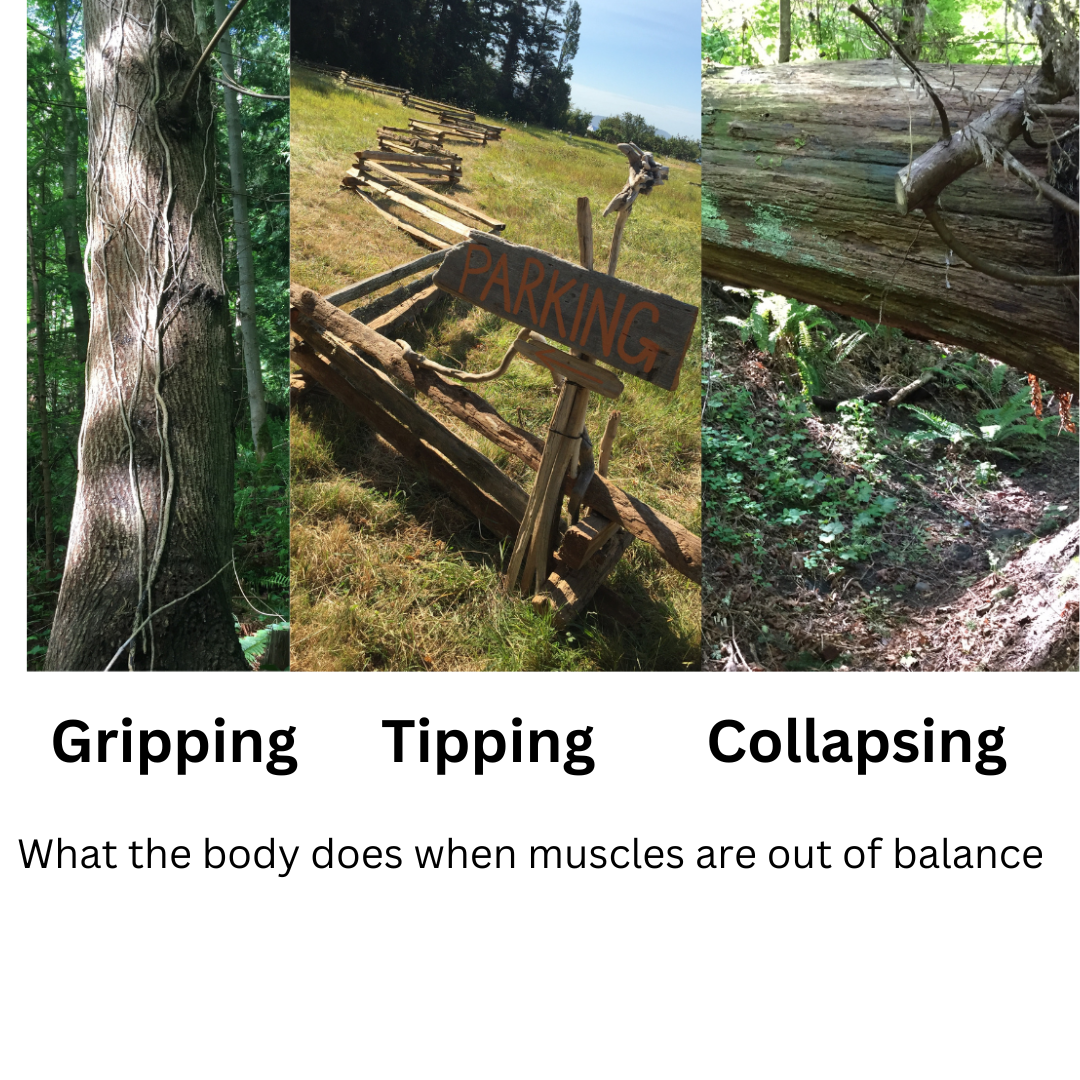 Over the years I have been involved in a number of different styles of resolving relational problems. When I was involved in peer counseling I learned the technique of Non-violent Communication which was a technique that helped me to clean up the attitudes I held and the words I used in order to be less hurtful to other people. In psychodrama the techniques I learned were more complex and thorough. I learned how to identify my ghosts (people from my past that I had projected on the other person) my triggers (events from the past that were unresolved and projected onto the present) I also learned to ‘role reverse’ and take the other persons role (this is very similar to the technique of paraphrasing). I often did a piece of work on the ancestors that turned up before going back to resolving the conflict in the present. More recently, I found a nice technique in a school text book called “Looking In, Looking Out” that I edited and tailored with my knowledge of Sociometry (the study of group dynamics). I have used this frequently in the last ten years and find it effective. (see link below) Of course, if there is not willingness on both people’s part, the effort of resolution or compromise cannot go very far. Human relations are messy. Sometimes it takes years for someone to let go of their grudges and projections. However, I have felt more at peace if I understand and forgive. One path to doing this is a one sided investigation of my own projections and triggers etc. The most difficult ‘forgive’ for me is of people who have not forgiven me. But I have felt the freedom and peace that comes with letting go and understanding so I choose to do the internal work necessary to forgive even this. My world becomes bigger and calmer when I forgive. Holding a grudge (as an unresolved conflict is often called) makes for obsessive thought patterns and is hard on our nervous system—the old memories can generate fight or flight responses and accompanying inflammation. Uncertainty in relationships often triggers attachment issues (does she accept me?) and guilt (I should I should or I shouldn’t). As humans we innately know we need each other---we want to mend our relationships but don’t know how to get beyond our past and our projections to see the ‘other’ as just another human being. This doesn’t mean we shouldn’t argue. We need to discuss our way into a compromise. We must not shut other people down without truly listening. We listen and resolve more often with our intimates—partners, family, friends—but not so much with people outside our tribe. It is possible to disagree without violence (verbal or physical) but if we live in a ‘fight or flight’ state this becomes more difficult because everything feels like survival. The art work above that I commissioned from a teenage artist expresses well the possibility of a Mend. The hands are supportive of each other’s effort. The colors meet each other but stay themselves. The threads connect and the flowers grow beautiful in the peace of cooperation. https://drive.google.com/drive/folders/1yN9QEOSZGhccMTXVNCZhYTTdtqm66U-4?usp=share_link
0 Comments
When we are babies we have a gripping reflex that is there for a purpose---to help us eat, discover and grow. This grip is designed to become less prominent as we develop into older children and adults. We learn how to do different things with our hands. However, this grip can emerge unbidden when we are stressed or frightened—in a ‘fight or flight’ state. Also, this ‘gripping state’ can spread to other muscle systems in the body. It’s interesting that when we see someone losing control emotionally we say, “Get a grip” also when we feel frightened of not having control and falling into the chaos of life we say, “I’m losing my grip”. What happens in our body when we are in a gripping state? Flexor muscles over work. These muscles are those that curl our body into a fetal position that pull our hands into a gripping position. When the flexor muscles are overworking they argue with our extensor muscles—those that allow expansive movement and balance the flexion of the ‘survival’ position. When we are over flexed the world becomes a dangerous place simply because we are in a posture that signals danger. The muscle imbalance that follows creates tipping: A posture that tilts left or right, front or back. Pain follows then muscle weakness and collapse. Of course if there is real danger we need to respond to it but many of our body’s ills are from ‘stuck in place’ gripping habits from earlier traumas. For example, dystonia is a muscle disorder rooted in imbalance between extensors and flexors that occurs over time, fueled by the ‘gas pedal’ of the ‘fight or flight’ sympathetic nervous system. The inhibition system in our brains (the brake) grows weak from lack of use. I learned this valuable information from Dr Farias who created the Dystonia recovery program. His teaching confirmed what I was learning from my own body: muscular balancing was of utmost importance in maintaining pain free, smooth movement and a feeling of safety connected to a balanced posture and calm nervous system. But how do we achieve this balance? I believe it starts with learning how to calm our brains enough to observe where our bodies are out of balance— gripping, tipping and collapsing. Often it is useful, and sometimes essential, to have an outside eye to discern where the tight and weak muscles are and where the compensations are (see blog on Compensations or awareness). Changing internal attitudes of self-criticism and self-doubt calms our nervous system. Balance is nourished with physical practices like breathing and exercising. Pausing encourages recovery from energy output and excitement. How can we achieve both effort and effortlessness? What if it could be easy? |
AuthorKristi Magraw is known for having developed a unique synthesis of Eastern healing (Five Element theory) and Western ways of working with the mind, called the Magraw Method, which she established in 1979. This method uses metaphoric language and release techniques to help people heal physical and emotional pain. Archives
September 2023
Categories |

 RSS Feed
RSS Feed
